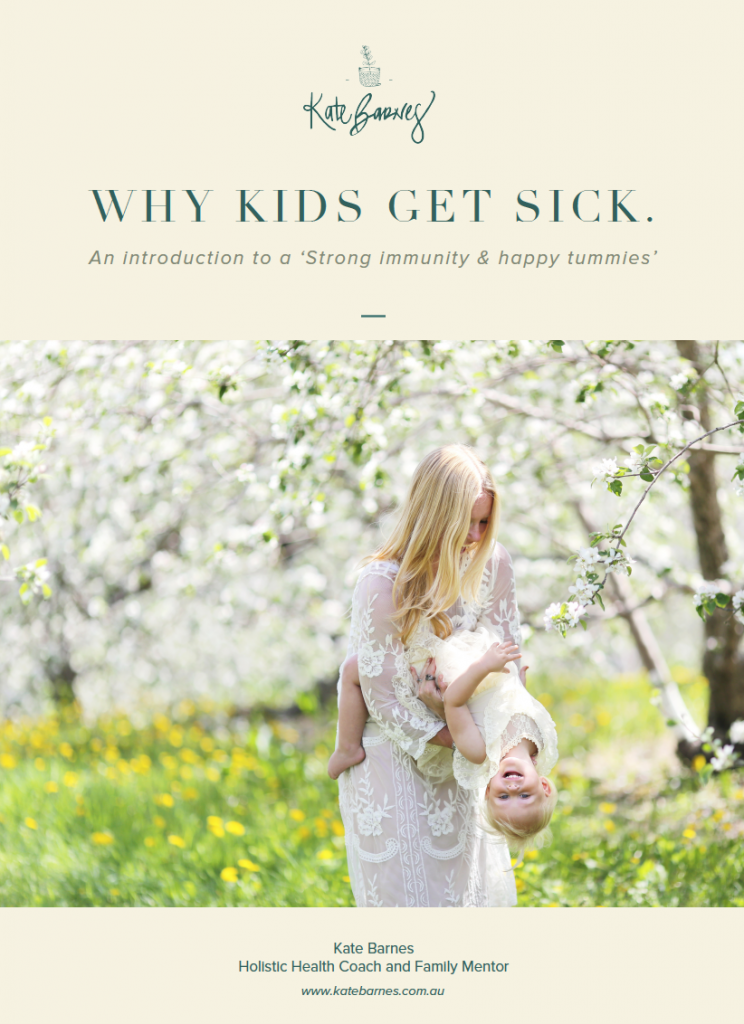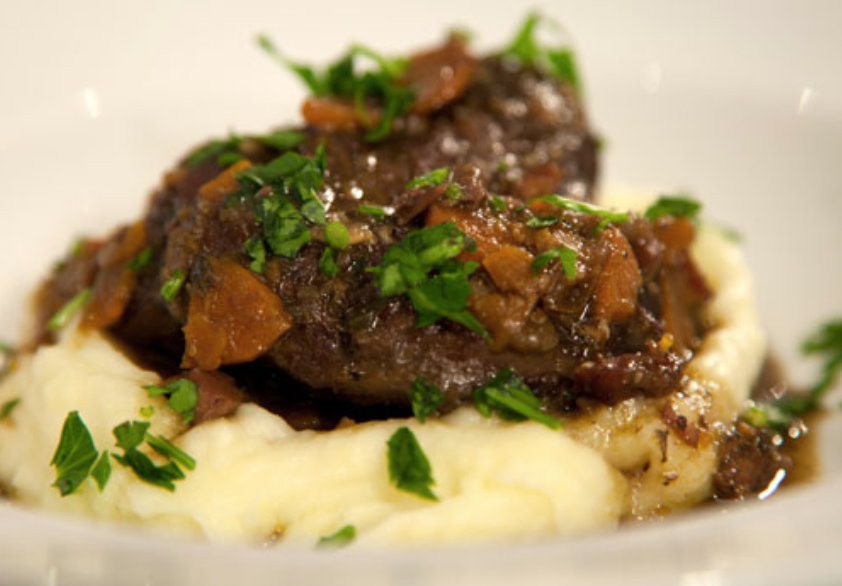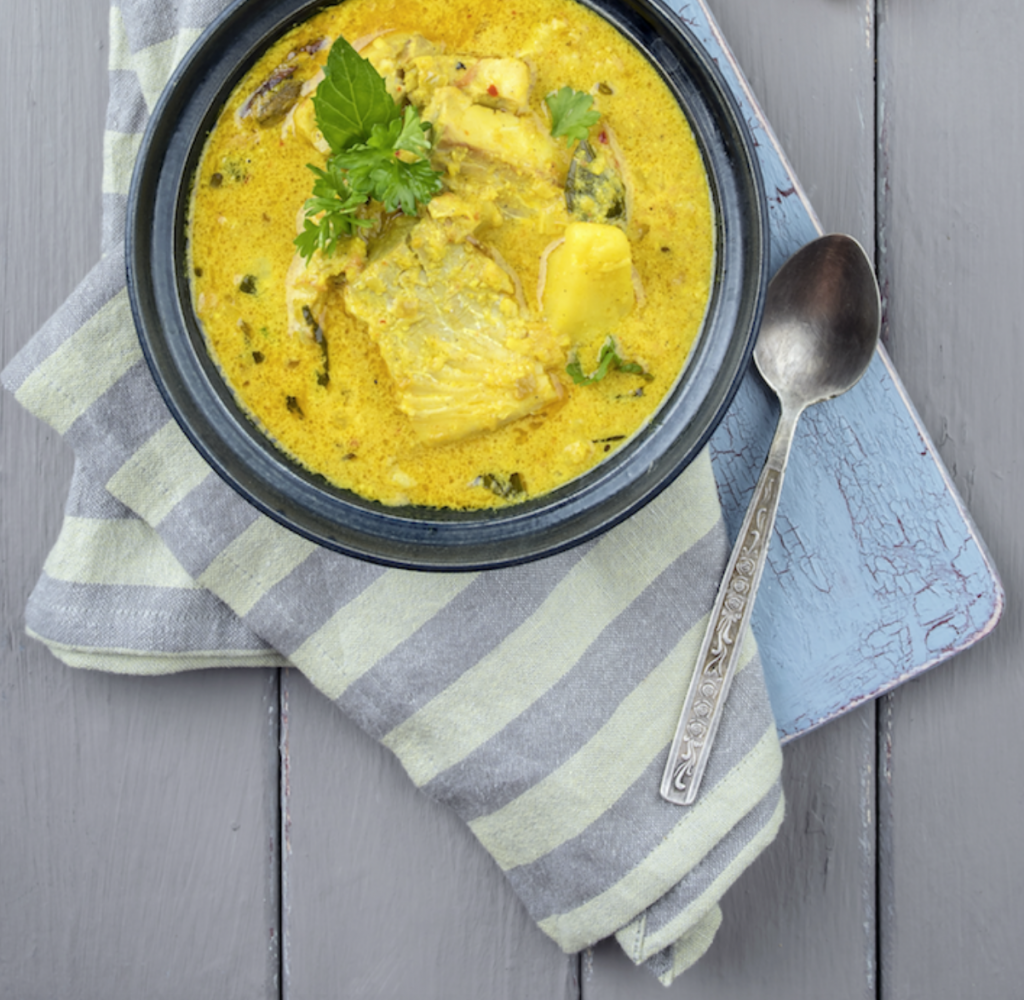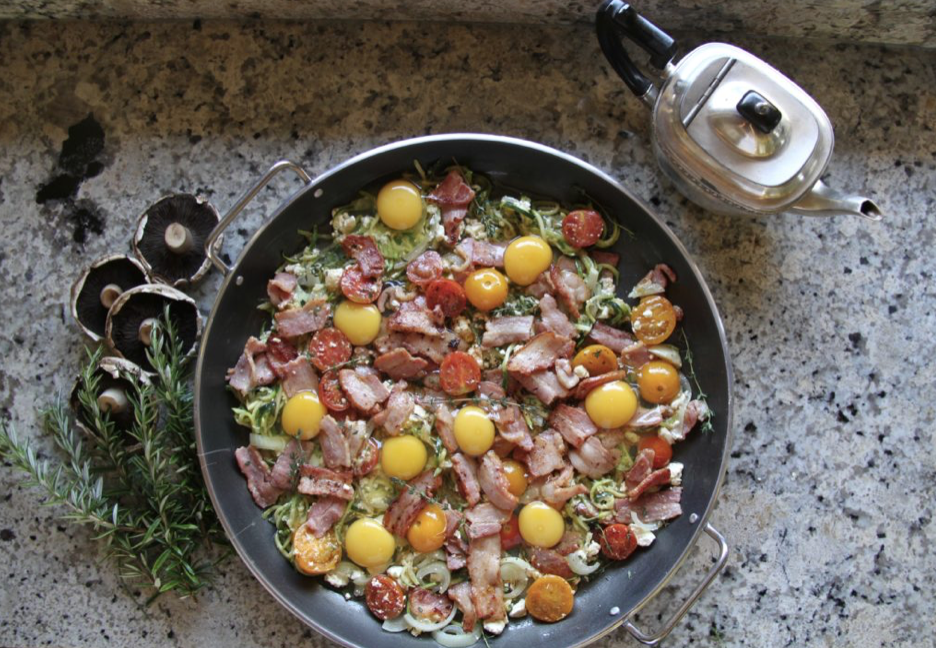‘The most confused we ever get is when we try to convince our heads of something our hearts know is a lie’ ~ Karen Moning
With Mother’s Day here there are 3 life-changing lessons I’ve learned as a Mum.
I wish I’d known them earlier as they’ve made motherhood less stressful, more enriching and empowering.
If you’re a mother, father, grandparent or carer, I hope it helps you too, especially no. 3 – recognising the feminine in our evolutionary blueprint;
The fundamentals
There are fundamental things I’ve learnt (and that are still work in progress) e.g. asking for help, being kinder on myself, being more honest about how I’ve felt, how tiring and relentless parenting is, patience and regarding our children as my greatest teachers and all the rest…
3 deeper findings
But there are deeper findings that when I discovered them, felt like a big, reassuring hug that made sense and stirred an inner strength that somehow has made motherhood enlightening and strengthening.
They are;
If the term matresence is new to you, it’s defined as ‘The transformation of becoming a Mother’.
Just like adolescence, it takes time for the transition to take place and involves intense hormonal and neurological changes following the birth of a child.
It can take as little as 4 – 6 weeks, often longer e.g. as long as 6 months (if it is honoured/recognised, longer if it is not).
It’s a window of time that’s completely dedicated to bonding with our babies, feeding, nurturing, replenishing our bodies and honouring our transformation, energising and replenishing us for child rearing and creating a fulfilling transition into motherhood while discovering a new sense of self as we learn to listen to and trust our powerful maternal intuition.
Traditionally every culture recognised this transformation and honoured a form of matresence. Keep reading to learn what happens when Matresence goes wrong, it’s likely to sound familiar…
Then to learn more, read my post, ‘…When Matresence goes wrong’ and my video interview with the wise and informed, Dr Oscar Serrallach, Author of ‘The Post Natal Depletion Cure’.
Dr Serrallach coined the term ‘postnatal depletion’. He suspects the syndrome affects up to 50% of mothers (I suspect it’s more) and can affect them anywhere from the birth of their child up until the child is 10 years of age.
Dr Serrallach says, ‘post natal depletion occurs when matresence goes wrong’.
Sound familiar?
When I first heard this term many years ago, I knew it was exactly what I had experience. Post natal depletion may present as;
I wrote about my own version of postnatal depletion and what it looked like here.
There’s a lot I would’ve done differently had I known how depleted I was physically and emotionally after having children. It’s no wonder many of these conditions ‘flare up’ one – two years after having children.
There’s a strong ancestral lineage of feminine wisdom throughout our evolution.
I’ve gained an inner strength recognising this intimate connection with the natural world and learning about the divine feminine (energy). I thought it was a bit woo woo – it’s not. It may take a mindset shift though… Understanding this energy is super important for our emotional and physical wellbeing (think nervous system) and therefore, for our families, our communities and our world.
Stay with me…

Suzanne Kingsbury, Author and Business owner, says the divine feminine is an energy that has been with both men and women since ancient times.
There is both a masculine and feminine energy in everyone and we need both energies to achieve our potential. To our benefit but also to our detriment, in the past 100+ years, our feminine energy (in both men and women) has mostly been suffocated / ignored.
For those unfamiliar, the divine feminine is not in the sense of male v female but an aspect of each individual that’s associated with creation, intuition, patience, nurturing, right brain, community, sensuality, collaboration and empathy – regardless of gender. As opposed to the masculine energy that’s associated with things like courage, independence, striving, assertiveness, left brain, logic, control, competition, organisation and more.
As imagined for the last century or so, women have fostered their masculine energy to earn their place and compete with men. Not only for the right to be educated and remunerated well but for the necessity to support our families, run the home and go to work when men (and women) went off to world wars.
It’s a patriarchal existence we’ve carried on with, and for many good reasons, however at the time, our parents, grandparents, great grandparents etc. had to ignore and suffocate their feminine energy. Behaviours we’ve modelled and generally, haven’t thought to question. But I believe it’s making us sick.
As Mothers, when we have children, this feminine, nurturing, intuitive, energy within us is heightened, it’s instinctual, and it kicks in to help guide us in raising and supporting our families.
I remember having babies and going back to work part-time in my corporate role, (a masculine dominant energy), but feeling a very strong inner turmoil of conflict. I wanted to be at home nurturing and nourishing my babies but torn by the feelings of needing to continue working long hours and striving to maintain my management position while leaving the responsibility of raising my children to others. There are many women who have the inner balance and manage this incredibly well and don’t feel this inner turmoil. However there are many of us who like me, who have this inner conflict, and without us realising it can make us feel depleted, stressed and at odds with being a mother. Particularly as we have to let go of the masculine qualities that have defined us for so long such as, independence, control and organisation.
Yet if I’d had this knowledge of the different energies and their aspects, I think I would’ve understood WHAT I was feeling so much better and been able to reconcile how I was feeling and actually I wasn’t incapable, I wasn’t being lazy or going crazy!
I would have understood Matresence, it’s important role and that it’s not forever. Rather it’s an imperative for raising strong, healthy, happy children. That my low immunity and hormonal imbalance was actually post natal depletion and that if I had nourished myself better and understood the transformation I was undergoing I would’ve perhaps been less stressed and far kinder on myself i.e. happier and healthier.
But I underplay what can happen when this energy continues to be suffocated or ignored.
It is energy and energy needs to move otherwise it ‘stagnates’. Stagnant energy combined with poor food and lifestyle choices can trigger distress and dis-ease in the body. I believe it’s no coincidence that it’s so common for women to ‘suddenly’ experience autoimmune conditions, hormonal imbalances, lower energy, digestive issues etc. after childbirth.
Other examples of feminine wisdom in our evolutionary blueprint
A couple of other quick examples of the feminine wisdom within our evolution I find empowering and fascinating;
The knowledge is there within us, it just takes time, space and wisdom to release it, let it bubble to the surface and guide us to reach our full potential as women, mothers and men.
What next?
So if, (when) you feel down or overwhelmed or overjoyed in your most important role in the world, you’re struggling with an illness you can’t get to the bottom of (no matter your age), consider the above and our evolutionary blueprint. Do you need to reconnect to the feminine (or not)? To learn to hear your intuition and gain an even greater inner strength that will guide you to your full potential? While at the same time lightening the ‘motherload’, feeling less stressed and rediscovering your true self …
Simple things we can do to reconnect with the divine feminine (for men and women);
In conclusion
There’s no right or wrong, but if it these sentiments feel right, embrace more of those innate feminine qualities and take a moment or two to notice how it makes you feel. That is where the healing is.
I’ve focused this discussion on Motherhood and my heart goes out to all those women who have suffered loss or for whatever reason won’t be Mothers. Yet this discussion is still relevant. There is this same feminine wisdom in all of us (men and women) and it needs to be honoured, with or without children.
This is my personal interpretation only. There are many resources available to further your own learning, some of my favourites is the work of Dr Kelly Brogan & the book by Dr Rudy Eckhart, ‘The truth of love and fear’.
To transform your wellbeing and your families, from the inside out, simply and naturally contact me https://www.katebarnes.com.au/contact/ for an initial discussion or let’s start with my popular wellness kickstart program – my 7 day enriched mama program.
Very simply, they’re not less tolerant. It may seem they are, however, it’s more likely;
And traditionally our sweet palate would’ve been satisfied with the natural sweetness found in leaves and tubers, a long way from the sweetness we’ve got used to today!
Simply, sugar is not what it used to be when we were growing up. I know it can be difficult for grandparents and others to understand this when they just want to give their grand children a little treat!
So to avoid a sugar overdose try this;
Otherwise enjoy the special time to spend with friends and family and when you’re back in a routine, you can get back on track and importantly, focus on strengthening their immunity! My mini ebook, ‘Why kids get sick’ is a perfect place to start.
Download it on my site for free.

To transform your wellbeing and your families, from the inside out, simply and naturally contact me here https://www.katebarnes.com.au/contact/ for an initial discussion on what’s right for you or let’s start with a healthy aging review and assessment.
Quick and Easy Chocolate Gifts & Treats;
home made (everything) rocky road
chocolate crackles – An oldie but a goodie!
Granola
A Crunchy Granola (great for travelling and if you need a healthy breakfast or snack on the go)!
Beef
Slow cooked cinnamon beef cheeks with cauliflower cream

Fish
Lemongrass, Garlic & Coconut Fish Curry

Eggs
A feastive one pan breakfast (perfect for brunch or a lazy morning).

I recently went to a public talk, ‘Bring back the fat’ hosted by Christine Cronau, Nutritionist and Author, who transformed her weight and health on a high fat, low carb diet 18 years ago.
Her presentation shared case studies, benefits and more on adopting a ketogenic diet (high fat, adequate protein, low carb), which I’ll share more on at another time.
It was the speaker after the break, Dr Aseem Malhotrah, a cardiologist, author, researcher and professor of evidence-based medicine that I was curious to hear from.
Dr Aseem is well credentialised. A Cardiologist, Harley Street Roc Private, The King’s Fund – Trustee, Academy of Medical Royal Colleges – Choosing Wisely Steering Group, Advisor National Obesity Forum. He’s written numerous health and academic articles for medical journals and mainstream media on topics related to obesity, heart disease and health policy. He’s also won a number of awards for his work and was named in the Sunday Times Debrett’s list in 2016 as one of the most influential people in science and medicine in the UK.
His opening slide read;
‘The demonizing of saturated fat and cholesterol and the mass prescription of statins; the biggest mistake in the history of medicine?”
It got my attention.
Here’s a brief overview of what he shared;
On the state of the medical system.
On predicting heart disease or Coronary Artery Disease (CAD).
Other indicators for heart disease testing include a;
As you’d assume, Dr Aseem is not without critics.
After the publication of an article in the British Medical Journal, ‘Saturated fat is not the major issue’ his findings were questioned by an Oxford University Professor – Sir Rory Collins. It prompted an independent review, which found Dr Aseems findings valid. However, the review also found that the Professors University research was financially conflicted due to payments made to his department and to the University.

Concluding comments.
Although why wait to see a Doctor when healthier lifestyle choices can be made today?
What to do?
If his research has peaked your interest I encourage you to do your own research, ask questions and become informed about this important topic and where the money (funding) trails lead.
To transform your wellbeing and your families, from the inside out, simply and naturally contact me here https://www.katebarnes.com.au/contact/ for an initial discussion on what’s right for you or let’s start with a healthy aging review and assessment.
References & resources;
https://bjsm.bmj.com/content/bjsports/51/15/1111.full.pdf
https://www.ncbi.nlm.nih.gov/pmc/articles/PMC380256/
http://doctoraseem.com/the-great-statins-divide/
Dr Ross Walker https://medium.com/@drrosswalker/statin-use-in-older-people-16a000be0634
Journal, Summer 2017, Nurturing Therapies for Heart Disease
‘saturated fat is not the major issue’, British Medical Journal